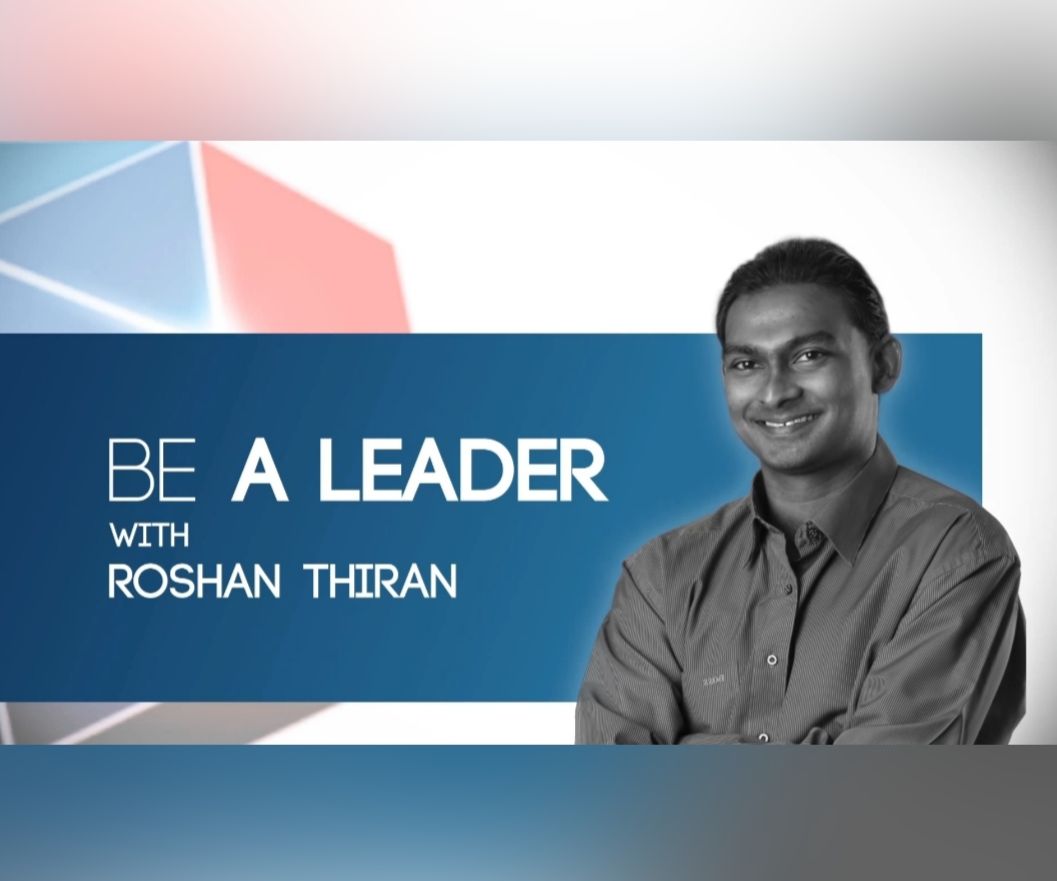Try It In Reverse – Mentoring Success Hinges On “WIIFM"

Click play to listen to the corresponding podcast:
By ROSHAN THIRAN
I recently had the privilege of kicking-off a mentorship programme. As I was planning for the session, I started to recall my mentorship moments. I remember the numerous superficial relationships with senior company officers assigned to me through official mentorship programmes that never yielded much value. Nonetheless, the few mentorship relationships that worked were not one-sided but beneficial to both.
My first mentor was the CEO of my division at my first job, and he had great finance and business acumen. I agreed to coach his kids at soccer in exchange for him coaching me in business and finance. While he gained through football expertise for his kids, I gained by getting insights into his experiences accelerating my business acumen.
Click play to watch the video:
When I took on a new role at media company NBC, there was no official mentorship programme. I then decided to take matters into my own hands and create my own mentorship programme by sending emails to all their senior leaders asking them to help me develop. Most leaders responded positively and not only did I get free lunches every week at posh New York restaurants, I got to pick their brains. But almost all evolved into short-term “mentors” because most of them viewed the relationship as one-way – they give, I receive. With the exception of the leader in-charge of growing NBC’s business in Asia, who kept picking my brains on Asia. We met almost weekly and this mentorship relationship benefited him as much as it helped me settle into NBC and accelerated my career.
Therein lies the secret to successful mentorship – it has to be beneficial both ways and there has to be a “what’s in it for me” (WIIFM) for both mentee and mentor. If not, the relationship loses its appeal and soon pressing matters and other priorities usurp the mentorship sessions off the mentor’s schedule.
This led me to question the validity of many mentorship programmes and its return on investments to most organisations. A number of organisations though, are realising that there is a need to ensure that WIIFM is part of the mentorship equation. So, in response, some are shifting into reverse. They’re asking tech-savvy junior employees to teach the “old dogs” new tricks and are creating reverse-mentoring programmes.
I experienced this first-hand working in a technology role at GE, where former CEO Welch picked a junior IT person as his mentor to teach him everything about the internet. He quickly learnt from his “mentor” and then ordered top managers to find “mentors” who were Internet savvy to tap their expertise. And reverse-mentoring took off.
Wharton Business School matches its executive MBAs with junior mentors – mostly students who have demonstrated an excellent grasp of technology. Each reverse-mentoring pair spends time exchanging knowledge face-to face, via e-mail and Skype. “Executives are beginning to realise that knowledge isn’t a one-way street. It’s in everyone’s best interest to share expertise,” points out Jerry Wind, director of the Wharton programme.
Procter & Gamble’s former CIO Steve David, a lifelong mentoring advocate – began a reverse-mentoring relationship with a staff scientist to learn more about how science and toxicology affect business decisions. They met monthly to discuss topics ranging from the structure of DNA to sophisticated biotechnology issues.
This might interest you: The Yin And Yang Of Coaching And Mentoring
Reverse mentoring helps counter our natural tendency to be over-reliant on our experiences. With the changing world and new business models catapulting everywhere, senior leaders can sometimes be blinded by changes happening in the world. FastCompany magazine notes, “It’s a situation where the old ‘fogies’ in an organisation realise that by the time you are in your 40s and 50s, you are not in touch with the future the same way the young 20-somethings are. They come with fresh eyes, open minds and instant links to the technology of the future.”

If you consider it, reverse mentoring makes a lot of sense. Younger people know social media and latest trends but don’t have business experiences or visibility in an organisation. Senior leaders have that business experience but don’t necessarily have the social media knowledge or insights on the future. It’s a simple win-win for both, right? Both have their WIIFM fulfilled. With technology changing at breakneck pace, most senior leaders have no clue what Second Life is or how Facebook and Twitter are changing the landscape. Gen Y and “Millenniumites” grew up with these changes and may help senior leaders in developing changing business models and new innovations.
Reverse-mentoring is not just limited to technology. Most senior leaders have limited insights as to what happens at the manufacturing shop floor or in the front-lines of customer service operations. Having these employees mentor senior leaders enables them to have quick access to what is happening on the ground and insights on operations or the supply chain. Here are some other areas that senior leaders can learn from their younger mentors:
- Functional advances. Finance, IT, HR and most functions are changing and most accomplished professionals have difficulties in keeping up with the latest developments in their field. Employees fresh out of school can share the latest thinking in a specific field (eg functional, environment, legal, business), helping later stage leaders remain current.
- Adaptability to change. Younger employees interact virtually with a diverse number of people both from the country and across the world. Research shows that the younger generation is more adaptable to change. Their perspective may help you and your organisation become more savvy in driving change and doing business with a diverse world.
- Risk taking. Younger employees grew up developing a “trial and error” style of learning and are comfortable jumping into a situation to figure things out. Such risk-taking helps drive innovation.
- Global perspective. The Internet has enhanced younger workers’ global perspective and mindset. They learn about global issues through social networks of friends from all over the world. This world view helps older veterans stay connected with the world.
Reverse-mentoring is also a great way for senior leaders to meet and get to know younger talent. An organisational issue prevalent today is that senior leaders are so removed from their young talent. Reverse-mentoring enables senior leaders to see them in “action” and provide visibility to these talents at higher levels. Reverse-mentoring at IBM has enabled senior leaders to gain significant insights on younger talent, especially in cross divisional succession planning discussions.
Young talents also need good role models and seeing their senior leader willingly learning from the junior employees reinforces the “constant learning mentality” which is common among great leaders.
For reverse-mentoring to work, senior leaders must maintain an attitude of openness to learn from younger talent and dissolve the barriers of status, power and position.
Could you benefit from a reverse mentor? Go on, try it. The best part of reverse mentoring is that everyone gains. So, adopt a new attitude that frees you to learn even more from the younger, less experienced members of your team. Reverse works, trust me!
Roshan Thiran is focused on inspiring people to leadership greatness. Roshan is the CEO of Leaderonomics and is excited to see the changes in the HR function. To connect with him, follow him on LinkedIn or Twitter @lepaker.
Leadership
Tags: Be A Leader
Roshan is the Founder and “Kuli” of the Leaderonomics Group of companies. He believes that everyone can be a leader and "make a dent in the universe," in their own special ways. He is featured on TV, radio and numerous publications sharing the Science of Building Leaders and on leadership development. Follow him at www.roshanthiran.com





